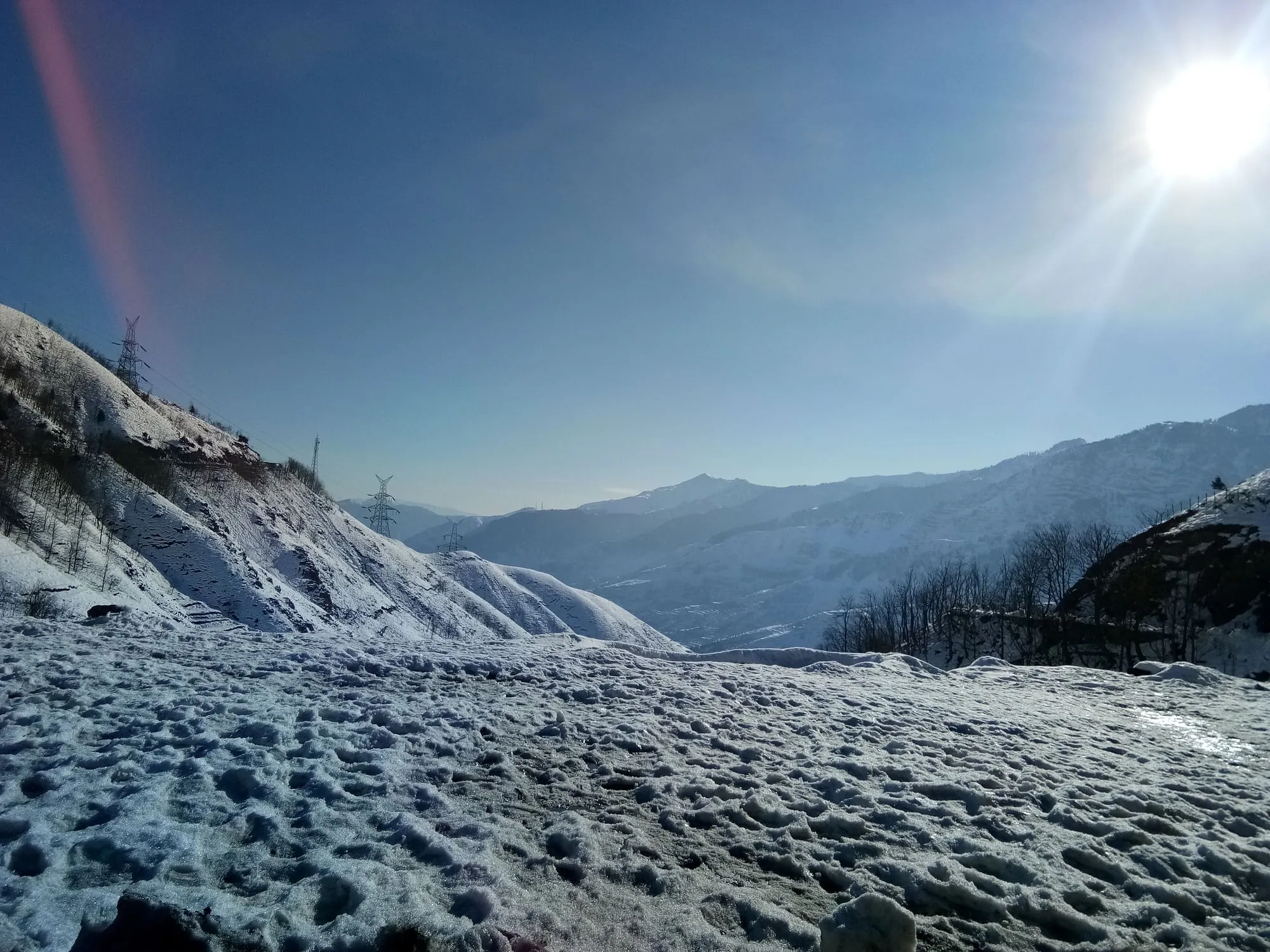Srinagar: The 6th Intergovernmental Panel on Climate Change (IPCC) report released recently has raised an alarm over the rate of shrinking of glaciers while asserting that since the 1970s, the Hindukush Himalayas have undergone warming at a higher rate than other mountainous and high altitude regions in the world, thereby suffering significant loss to its ice mass.
On the contrary, the snow cover along the Karakoram Himalayas also in the Tibetan Plateau region was found to have remained in a balanced state during the same period, the report has added.
Recently appointed Vice-Chancellor at the Islamic University of Science and Technology (IUST) Shakeel A Romshoo while commenting on the IPCC report said it was a matter of concern that mountainous regions were witnessing fast depleting snow cover and retreating glaciers.
“The IPCC report has given a special attention on how Himalayan glaciers were melting because of global warming. There has been a greater warming over the Hindukush Himalayas with fast depleting snow cover and retreating glaciers. The glacial cover in the Karakoram Himalayas was found to be stable and has even to have gained snow mass,” said Romshoo.
During the years ahead in this century, the latest IPCC projections indicate a rise in heavy precipitation events along the Hindukush Himalayas and the over Tibetian Plateau which will add in further pushing up the snowline elevations. The Himalayas are important in regulating land-ocean temperatures which then define the season’s rainfall mainly over India.
The monsoons, during the upcoming decades, over South Asia region including India, are going to showcase greater inter-annual variability along with an increase in precipitation during the June to September season, the report has added.
The climate scientists have further warned that the large-scale global-ocean atmospheric phenomenon like El Nino Southern Oscillation (ENSO) and Indian Ocean Dipole (IOD) , too, will rise to extreme values towards the end of the 21st century.
ENSO — El Nino and La Nina are the abnormal warming and cooling, respectively, of the equatorial Pacific Ocean and influence the monsoon rainfall over India. Generally, during El Nino years, the rainfall over India is below normal as recorded during 2014 and 2015 in recent years.
Similarly, IOD is warming recorded along the Indian Ocean, yet another influencing factor for India’s monsoon.
” There is no significant impact of the ENSO and IOD expected in the immediate 20 or 30 years. Being natural variability drivers, they will however respond to the rising temperatures which will in turn affect the mean temperature values of the Pacific Ocean. Towards the end of the 21st century, we expect ENSO and IOD to reach extreme values triggering an increase in the overall rainfall,” says climate change experts.






